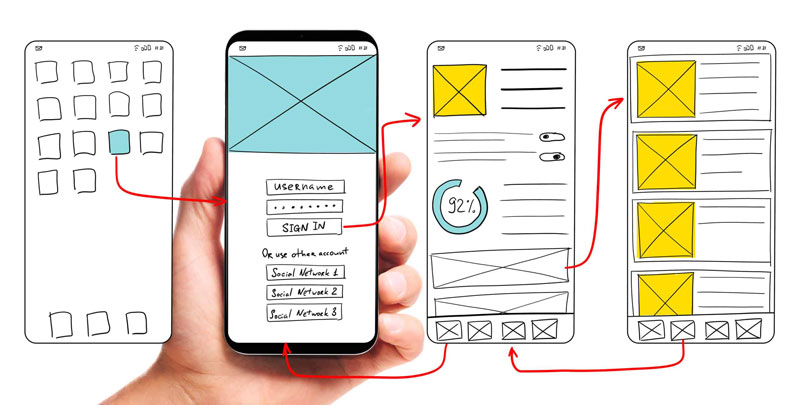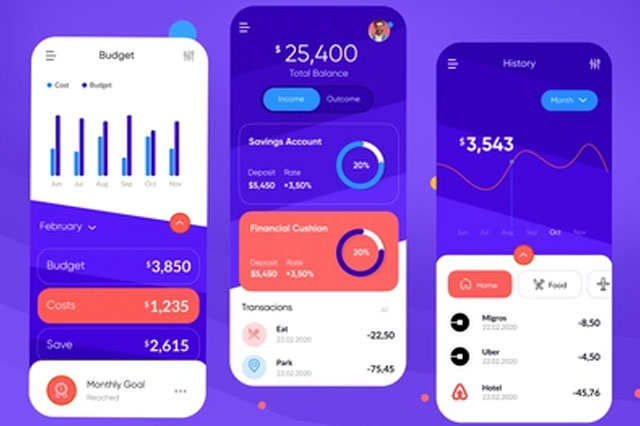
What is UI UX Design
What is UI UX Design:- UI Design and UX Design are two of the most confusing and mixed terms in web and app design. They are usually put together in the same term, UI/UX Design, it is often hard to find concrete descriptions of the two that don’t land very far in the jargon.
If you are interested to know what exactly UX and UI mean and how they differ, then you have come to the right place. Read on to find out what UX and UI mean, which of the two areas of design are better paid, and how to become a UX designer or UI designer.
We often hear the terms “User Experience (UX)” and “User Interface (UI)”. Even though the two terms are not new, it is common for people using app and web design software to use these terms interchangeably, or sometimes incorrectly.
What is UX design?
“UX” stands for “User Experience“. A user’s experience of an app is determined by how they interact with it. Does navigating the app seem logical or does it seem arbitrary?
Whether interacting with an app gives people the feeling that they are efficiently accomplishing the tasks they set out to achieve, user experience is determined by how well the user interface elements are created by UI designers. How easy or difficult is it to interact with.
The term “user experience” is from the 90s. It was coined by Don Norman, a cognitive scientist at Apple, before Apple became the household name it is today. They focused heavily on user-centered design, which put the user at the forefront of the product design process.

What is UI Design?
In UI design “UI” stands for “User Interface“. User interface is the graphical layout of an application. It contains the buttons the user clicks, images, sliders, text entry fields, and all other items with which the user interacts. This includes screen layout, transitions, interface animations, and each micro-interaction.
User interfaces are made up of input hardware (devices that control a machine from a human end, such as a keyboard, mouse, or joystick) and output hardware (devices that provide information to users, such as monitors, audio speakers, or printers).

What’s the difference between UI and UX?
The difference between User Interface (UI) and User Experience (UX) is that UI refers to aesthetic elements, whereas UX is about the user’s experience with a product or service. Therefore, the UI focuses on visual interface elements such as typography, colors, menu bars, and more.
How They Work Together
So a UX designer decides how the user interface works whereas a UI designer decides how the user interface looks. The UI team is working on how all these interface elements will appear on the screen.
How the buttons will need to be arranged and their size or shape may need to be changed. The UX team will determine the best way to place the buttons while the UI teams optimize their designs to fit the new layout.
Consistent communication and collaboration between UI and UX designers helps to ensure that the end user interface looks as good as it can and that’s how it all works.
